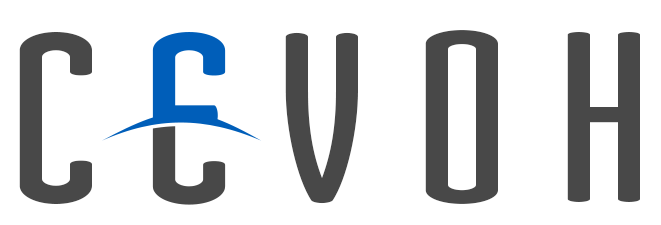Demographics/ psychographics – Changes in these to create a forcing function are usually a reflection of historical trend insight (not necessarily future predictions). As examples, the population characteristics change over time, and this leads to disruptions in labor skill availability, or as the potential customer market gets older, they care more about security than they did before. Changes in demographics and psychographics for your customer base, labor force and geographic areas can create significant forcing functions for your offering your sales channels and how you deliver.
Regulation – Regulation by government entities is an ebb and flow situation for many industries. But the constant changes in political philosophy, public sentiment and implementation inefficiencies creates revenue opportunities. In some cases, the opportunity may be to proactively embrace the possibility of regulation with your offerings and their markets. We can help you anticipate the regulatory landscape. Tech, autonomous, electrification, telecom, AI, aerospace & defense and others are very much seeing regulatory forcing functions with data collection/distribution, safety, privacy, security and many other potential issues.
Forcing Function Category Two – Competitive Actions
M&A – what if your no 2 and 3 competitors were discussing merger? What is the acquisition landscape of your industry – is it changing?
Better products or services – Launches of products and services that are simply better can become a significant forcing function. And if not anticipated, these can take years to overcome.
Launch of disruptive pricing strategies – Launches of pricing strategy changes happen frequently. A common change now is switching from ‘cost plus’ to ‘market value’ pricing strategies. But a few years back, it was very popular to implement ‘every day fair pricing’ strategies. Since price extracts value in the form of revenue, a disruptive pricing forcing function can sometimes indicate there is new knowledge on value insight. When a competitor or new entrant to the market enacts sweeping pricing strategy or discounting change, a significant forcing function occurs affecting your entire organization.
Forcing Function Category Three – Macro Trends
Gains in knowledge - Now we think carbs are not as good for us, and healthy fats are the rage. Knowledge gain is a by-product of many other forcing functions working together to make information more readily available to us. What is coupled with this (also a forcing function) is False Knowledge. With information being more readily available, natural language processing, machine parsing of news and other information sources – gains in knowledge and false knowledge can be equally impactful. And, revenue opportunities exist for both.
Value Desire – We are all consumers and there is a growing desire to have more value in everything we purchase. More utility, more customization, immediate delivery, better prices and a rewarding user experience. This creates a forcing function that is affecting many different markets. Looking around, its easy to see which industries (markets) are embracing this forcing function and which ones have not yet caught on. There is significant revenue growth opportunity in embracing changes in buyer value desire.
How We Buy, How We Sell – Perhaps one of the most ubiquitous forcing functions occurring and affecting almost every market we encounter, the selling and buying process is changing. Consumers are indicating a push=back on person-to-person selling techniques. What was once considered an enhanced level of service is being modified quickly by progressive companies. The automobile and advertising services markets are good examples of how this is beginning to change. We can help you evaluate all the aspects of channel optimization within our revenue growth planning efforts.
Sentiment changes – These are different than demographic and psychographic disruptions as sentiment includes beliefs and feelings about the future. It ties into knowledge and false knowledge but then we add our own spin. For example, there is now significant fact supporting too much electronic usage affecting our brain development, sleep patterns, and how we learn. Yet, while many of us believe these studies (too much electronics usage is a bad thing), we’re not really doing much about it yet.
There are likely many other specific forcing functions that can be used as an amplifier to your revenue growth plans. The key is to anticipate and identify these. Can you think of other forcing functions that are specific to your situation?











